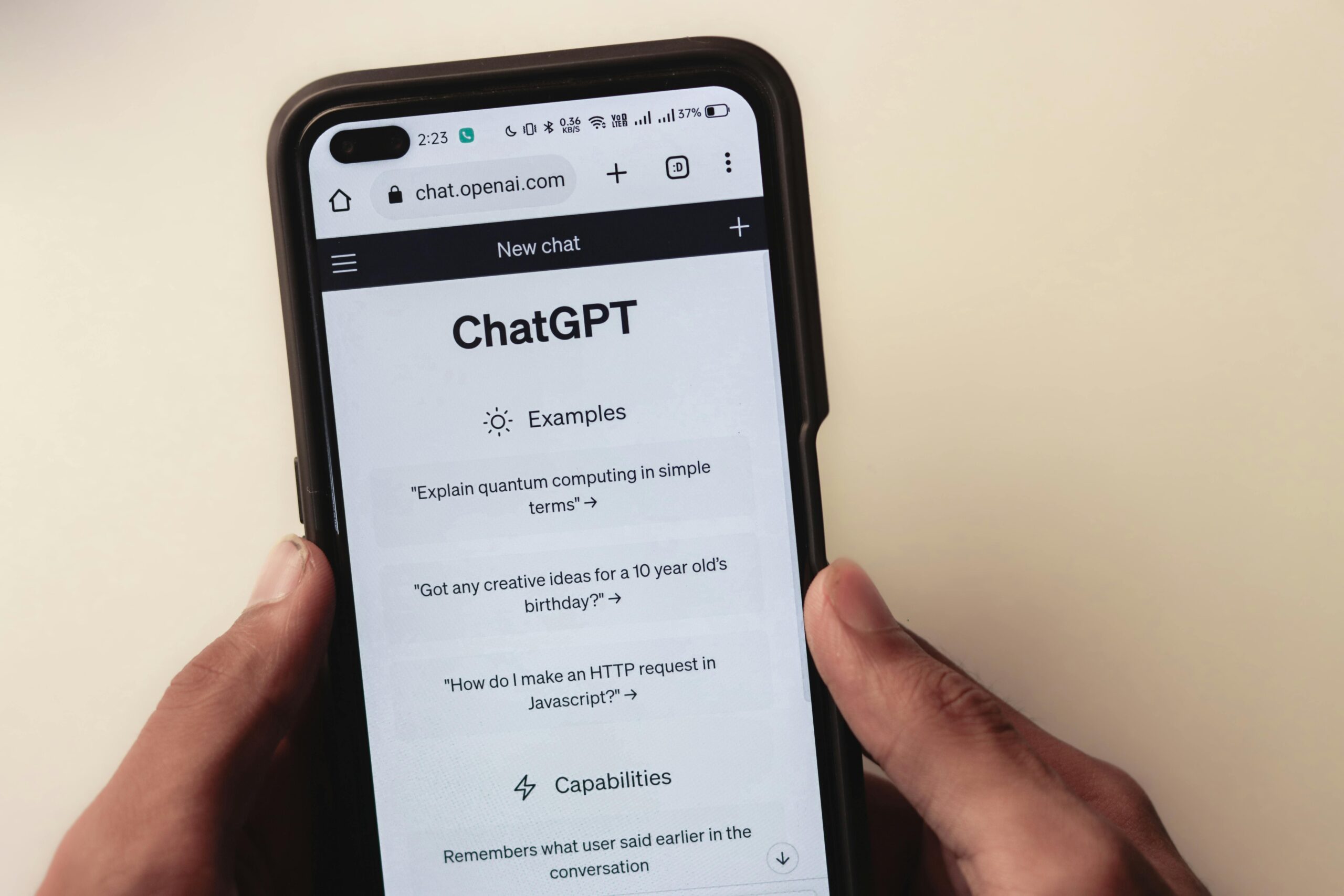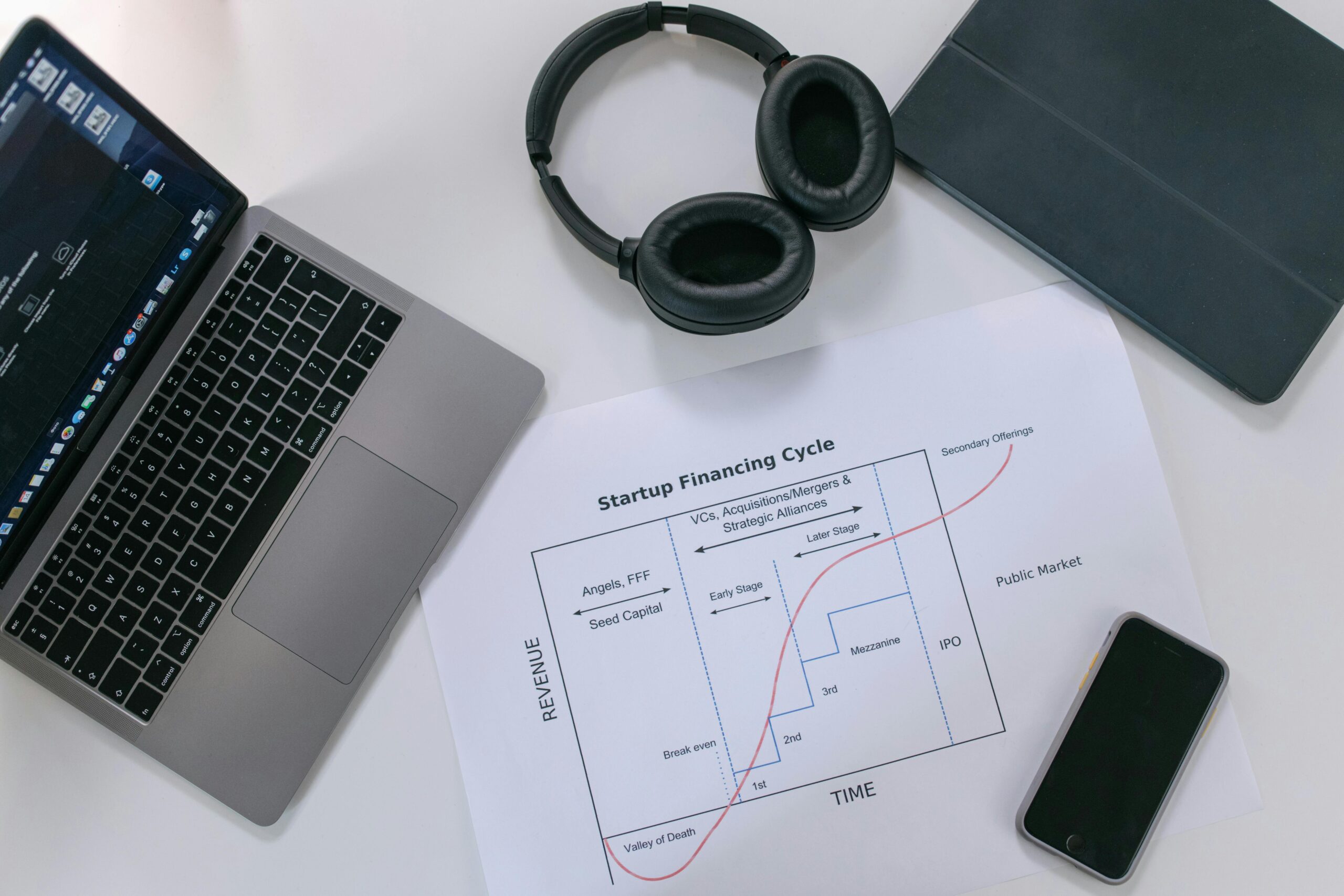When it comes to marketing your business online, platforms like Instagram, LinkedIn, and Facebook often take center stage. But there’s a hidden gem many businesses overlook — Pinterest. With its highly visual and search-driven platform, Pinterest is a powerful tool for businesses to attract new customers, build brand awareness, and drive traffic. Leveraging Pinterest for business growth can transform your marketing strategy, making it a game-changer in reaching your target audience.
Whether you’re running an e-commerce store, a blog, or a service-based business, Pinterest offers opportunities to grow your audience like no other platform. Let’s dive into how you can leverage Pinterest for your business growth.

Why Pinterest? The Power of a Visual Search Engine
Pinterest isn’t just another social media platform; it’s a visual search engine. With over 450 million active users, Pinterest has become the go-to source for inspiration, ideas, and solutions. The best part? Pinterest users are highly engaged and often ready to take action. Leveraging Pinterest for business growth allows businesses to harness this unique platform to reach their target audience effectively.
Key Benefits for Businesses
1. Evergreen Content: Pins don’t disappear after 24 hours like on Instagram Stories—they stay searchable for years.
2. Search-Driven Traffic: With SEO-friendly features, Pinterest drives traffic directly to your website.
3. High Purchase Intent: Over 80% of weekly users say they’ve discovered a new brand or product on Pinterest.
By leveraging Pinterest for business growth, you’re not just building awareness — you’re generating real leads and sales.
Step 1: Set Up Your Pinterest Business Account
To get started, you need to create a Pinterest Business account. This unlocks valuable tools like analytics, ad campaigns, and access to rich pins.
How to Set It Up
1. Go to Pinterest for Business.
2. Create a new account or convert your personal account into a business profile.
3. Fill out your profile with a professional photo or logo, a keyword-rich bio, and your website link.
4. Claim your website to access advanced features like analytics.
Step 2: Create High-Quality Pins
Pinterest is a visual platform, which means your content needs to stand out. High-quality, eye-catching pins can significantly boost your engagement and click-through rates.
Tips for Designing Great Pins
• Use vertical images with a 2:3 ratio (e.g., 1000 x 1500 pixels).
• Add text overlays to make your message clear.
• Stick to your brand colors, fonts, and style to maintain consistency.
• Include your logo or website URL on each pin for branding.
Pro Tip: Always include a clear call-to-action (CTA) link on your pins. Similar to a story on Instagram, this link can drive users directly to your website, checkout page, or any other destination. It’s one of the most effective bottom-of-the-funnel strategies for converting interest into sales.
Save time and create stunning pins with our “Put a Pin in It” Canva template pack. This pack includes professionally designed templates to make your Pinterest and Stories content convert!
Step 3: Optimize for SEO
Pinterest is a search engine, so optimizing your pins and profile for keywords is essential.
How to Optimize Your Pinterest Content
• Use Keywords in Titles: Include relevant keywords in your board and pin titles.
• Write Strong Descriptions: Add detailed, keyword-rich descriptions to your pins.
• Hashtags: Use hashtags sparingly to help users discover your content.
• Alt Text: Use descriptive alt text for every image you upload.
Pro Tip: Research trending keywords on Pinterest to ensure your content aligns with what users are searching for. Use SEO tools like, SemRush or UberSuggest to research keywords.
Step 4: Build a Content Strategy
Consistency is key to success on Pinterest. Aim to pin regularly to keep your profile active and your audience engaged.
What to Pin
• Product Pins: Highlight your offerings with links to purchase pages.
• Educational Content: Share how-to guides, infographics, courses and step-by-step tutorials.
• Aesthetic Photos and Graphics: Pinterest thrives on visuals, so focus on clean, pleasing images or short videos that users will want to save to their personal or professional boards.
• Seasonal Pins: Create pins tied to holidays, trends, or seasonal events.
Pro Tip: When to Pin
Pinterest users are most active during evenings and weekends. Use scheduling tools like Tailwind to plan your pins for optimal engagement.
Step 5: Leverage Analytics
Pinterest Analytics is a powerful tool to track your performance and refine your strategy.
Metrics to Monitor
• Impressions: The number of times your pins appear in users’ feeds.
• Clicks: How many people click on your pins to visit your website.
• Saves: The number of users who save your pins for future reference.
Analyze which types of pins perform best and adjust your content strategy accordingly.
Step 6: Amplify with Promoted Pins
If you’re ready to expand your reach, consider investing in promoted pins. These are paid ads that help your pins appear in more searches and drive higher engagement.
Promoted Pin Tips
• Target keywords and interests specific to your audience.
• Use high-performing pins as your starting point.
• Monitor campaign performance and adjust as needed.

Put a Pin in It!
Pinterest is one of the most underrated platforms for business growth, offering a unique blend of visual content and search capabilities. By creating engaging pins, optimizing for SEO, and maintaining a consistent strategy, you can drive meaningful traffic and grow your brand.
Ready to create scroll-stopping pins that convert? Download our “Put a Pin in It” Canva template pack to take your Pinterest game to the next level!
Start leveraging Pinterest today, and watch your business thrive. If you need help with your social media strategy or you prefer to have it managed for you, reach out to Tribe Agency and let’s schedule a call to discuss your needs today!
































































Read the Comments +